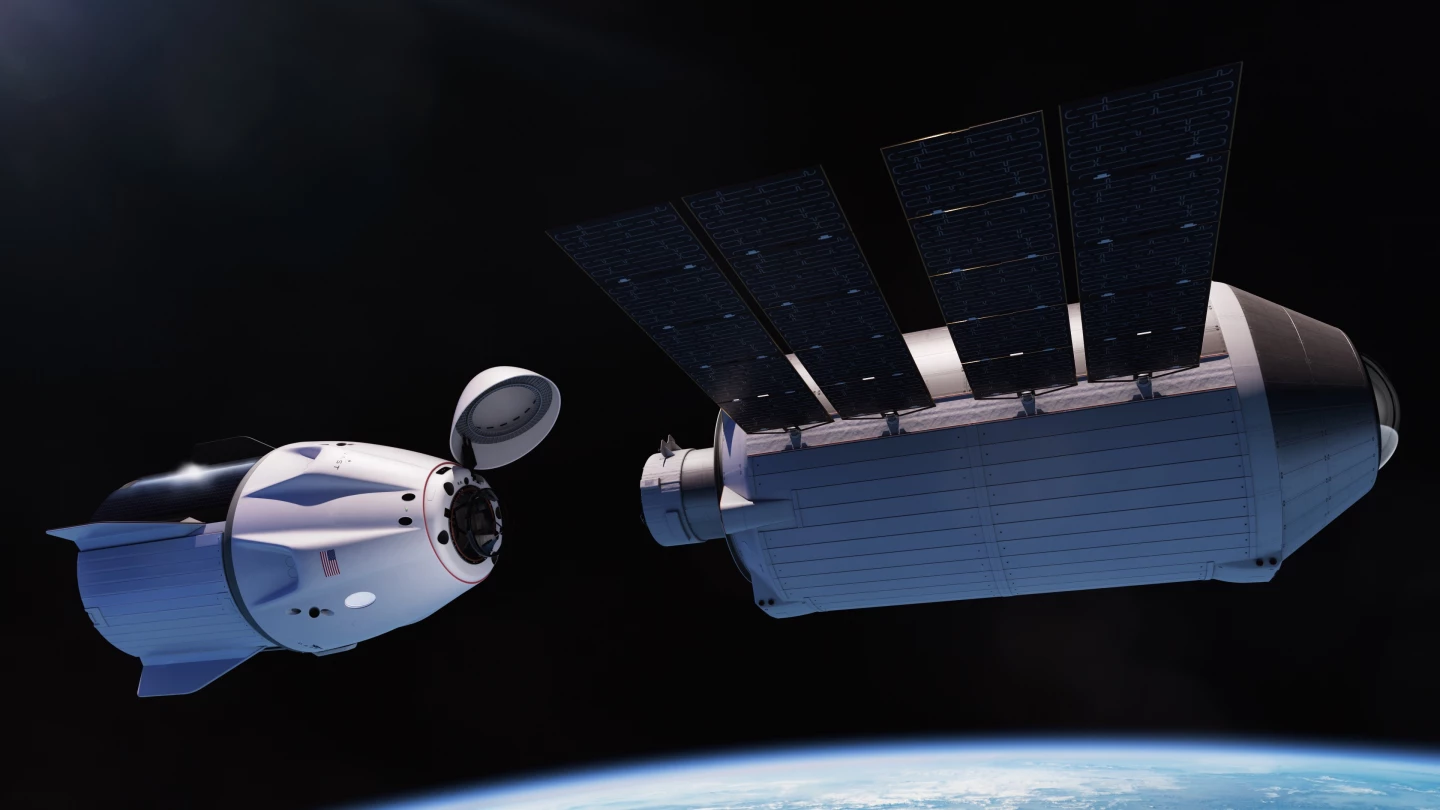Space startup Vast has announced that it intends to launch what it calls the world's first commercial space station, Haven-1, sometime after August 2025 atop a SpaceX Falcon 9 rocket as the first element of a 100-m (330 ft) rotating station.
With its increasing emphasis on lunar and deep-space missions, NASA has decided to leave low-Earth orbit to private companies when it comes to human spaceflight. The idea is that when the International Space Station (ISS) is retired in 2030, the space agency will buy time on some of the commercial stations currently on the drawing board.
A new contender in this is Vast, which says it is developing a self-contained habitat module with a large viewing port that can fit in the payload section of a Falcon 9. It's capable of docking with a SpaceX Dragon and can accommodate up to four people aboard for up to 30 days. Also planned is a much larger module that can fit inside a SpaceX Starship.

Vast's long-range plans certainly aren't lacking in ambition. The next phase is to link the solar-powered modules together in tandem to form a sticklike station that generates artificial gravity by spinning end over end. This will later be replaced by a much larger wheel-shaped spinning station that looks like something out of 2001: A Space Odyssey.
Haven-1 is open to a wide variety of government, commercial, and nonprofit applications. The first four seats for the inaugural mission, Vast-1, are available for purchase.
All of this sounds very impressive, but such announcements should be taken with a large grain of salt. We've seen any number of announcements for bold private space projects from asteroid mining to setting up colonies on Mars, but these have yet to materialize. It also doesn't help that Vast's CEO has been heavily involved in Bitcoin enterprises, which have proven to be less than reliable of late, so this one may be a matter of wait and see.
"Vast is thrilled to embark on this journey of launching the world's first commercial space station, Haven-1, and its first crew, Vast-1," said CEO Jed McCaleb. "We are grateful to SpaceX for this exciting partnership that represents the first steps in Vast’s long-term vision of launching much larger, artificial gravity space stations in Earth orbit and beyond."
The video below introduces the Vast space station project.
Source: Vast









